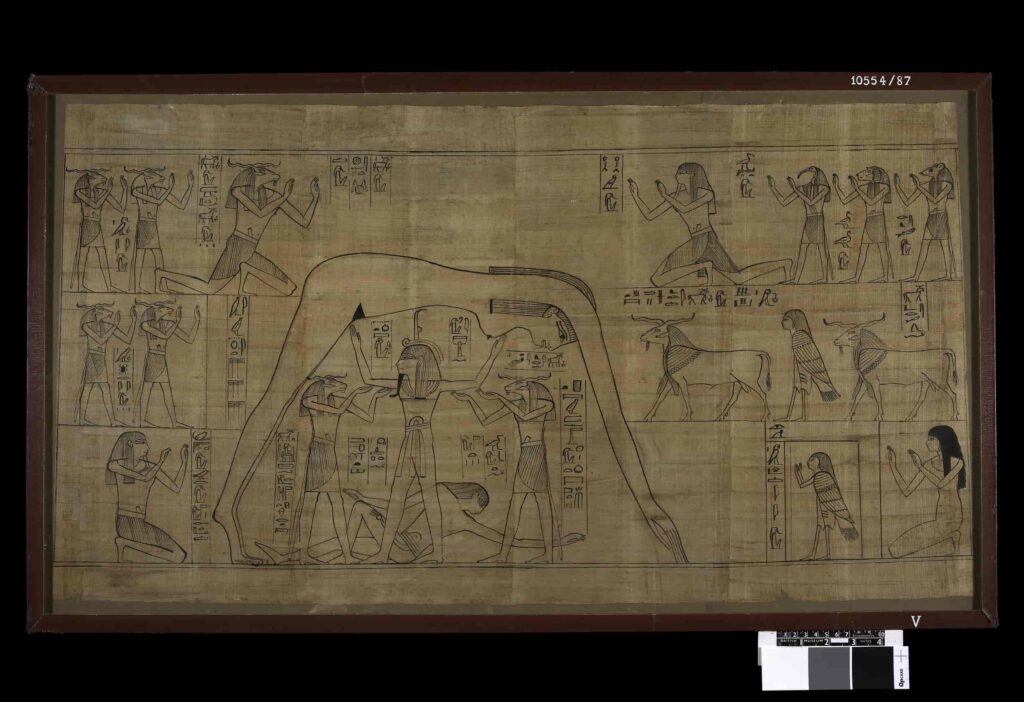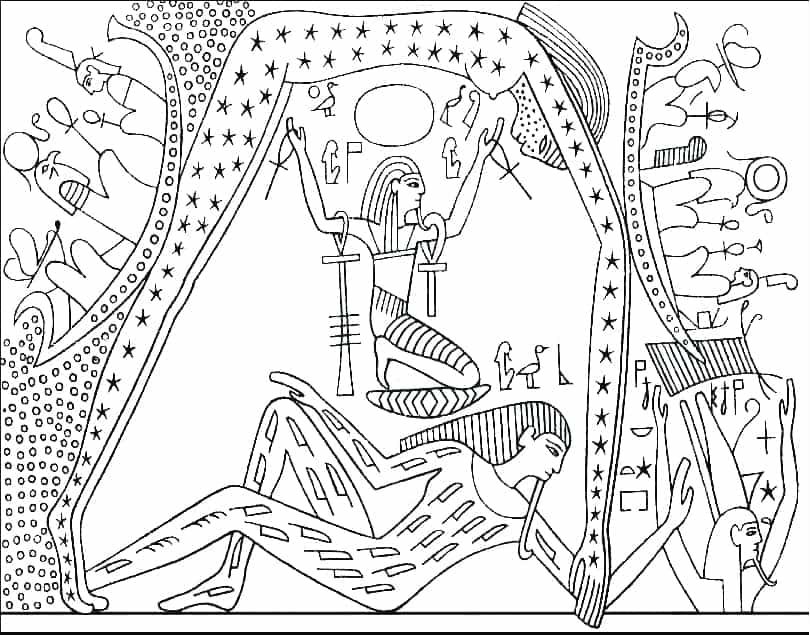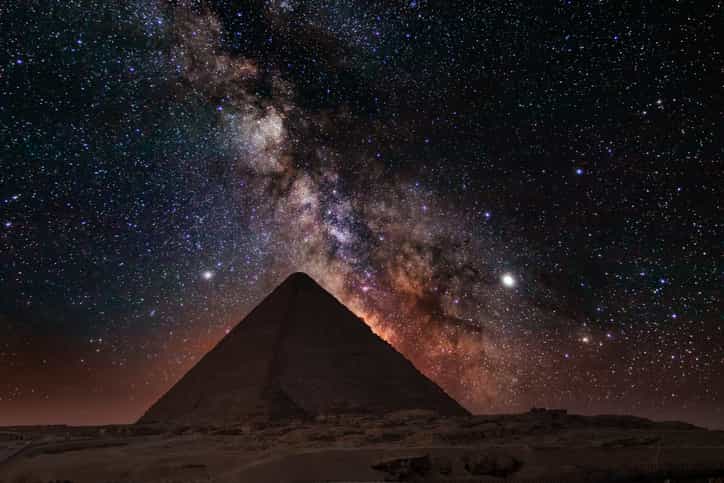The stars of the Milky Way held significant importance in Egyptian culture, contributing to the development of their elaborate mythology and lending complexity to their pantheon of deities.
Astronomy has played a crucial role in cultures worldwide since the earliest civilizations emerged. Consequently, as societies evolved and became more sophisticated, celestial bodies such as stars assumed a central position in their ancestral beliefs.
In ancient Egyptian mythology, for instance, the Milky Way played a pivotal role in elucidating the cultural significance of some of its most prominent figures.
Research conducted by the University of Portsmouth reveals that, for the ancient Egyptians, the Milky Way was intricately linked to Nut, the goddess of the sky.
It comes as no surprise that they depicted her adorned with stellar motifs, given their belief in her fundamental role within the solar cycle. Among her various responsibilities, Nut was believed to swallow the sun at night and restore it come daybreak.
“The ancient Egyptians were renowned for their religious convictions and their astronomical expertise concerning the Sun, Moon, and planets, but the precise role of the Milky Way in Egyptian religion and culture remained uncertain until now,” stated a spokesperson from the University of Portsmouth.
The research primarily relied on the analysis of historical sources, including ancient Egyptian texts. Additionally, simulations were conducted, alongside examinations of inscriptions, shedding light on the Egyptians’ conception of Nut’s celestial presence.
It was revealed that they may have perceived her as stretching across the heavens, with the Milky Way illuminating her outstretched arms during winter and forming her celestial spine in the warmth of summer.
The historical significance of the discovery
Dr. Or Graur, an astrophysicist at the British university, spearheaded the research endeavor. He emphasizes the study’s importance lies in its transculturality, a dual analysis merging seemingly disparate disciplines: Egyptology and astronomy. Moreover, he seized the opportunity to explore the Milky Way’s role in other civilizations.
Dr. Graur’s findings not only unveiled the Milky Way’s significance in Egyptian mythology but also deepened understanding of the goddess Nut. For instance, he unearthed its pivotal role in funerary tradition, acting as a guide for the deceased’s journey to the afterlife.
“This paper marks an exciting commencement of a broader project to document and examine the multicultural mythology of the Milky Way,” remarks Dr. Graur.
Ultimately, the research reaffirms the pivotal role of astronomy in ancient civilizations. In this instance, the study contributes intriguing insights that enrich and intricately weave into the remarkable cultural tapestry of ancient Egypt.
Source: Inaki Arriola, National Geographic.








